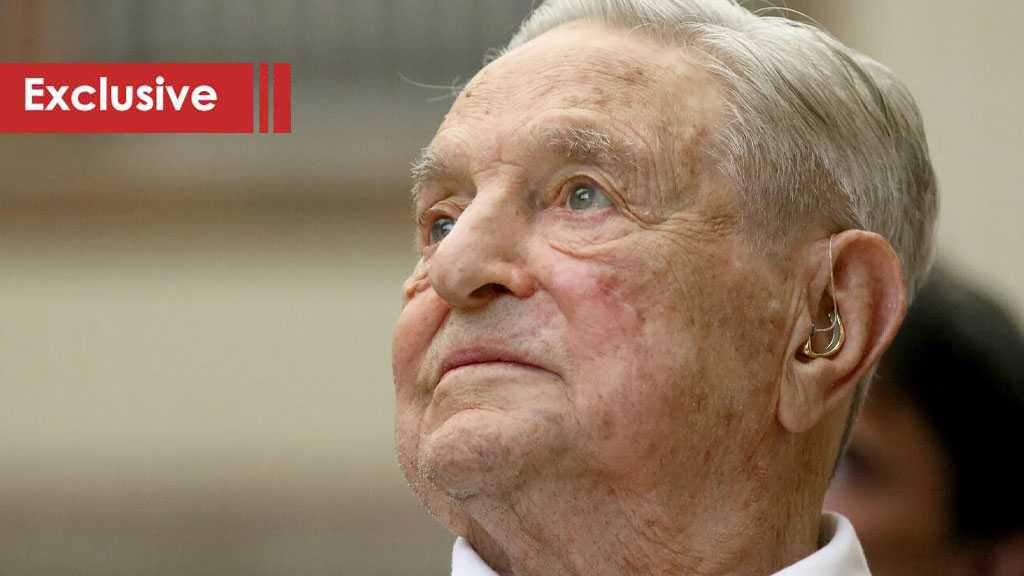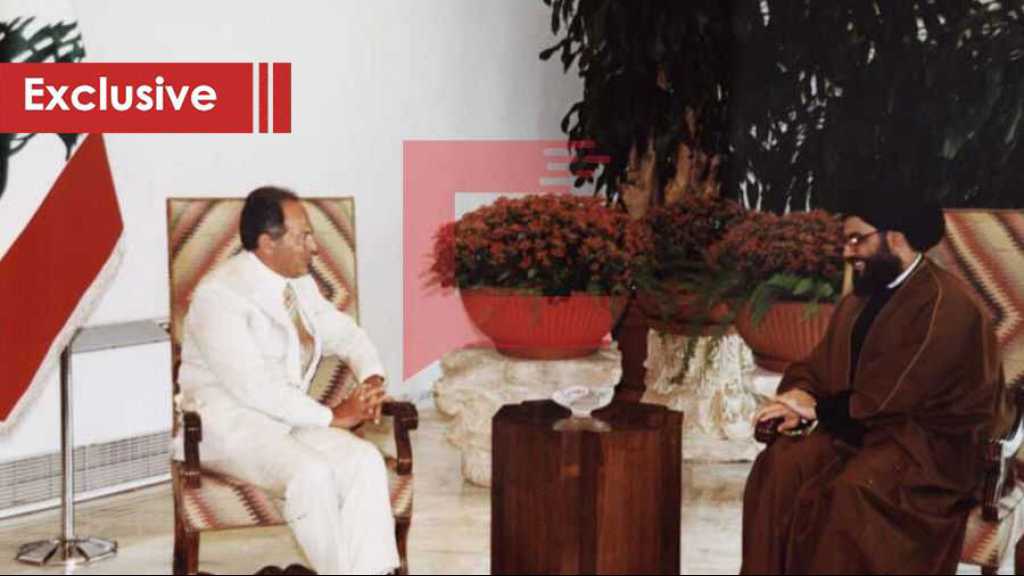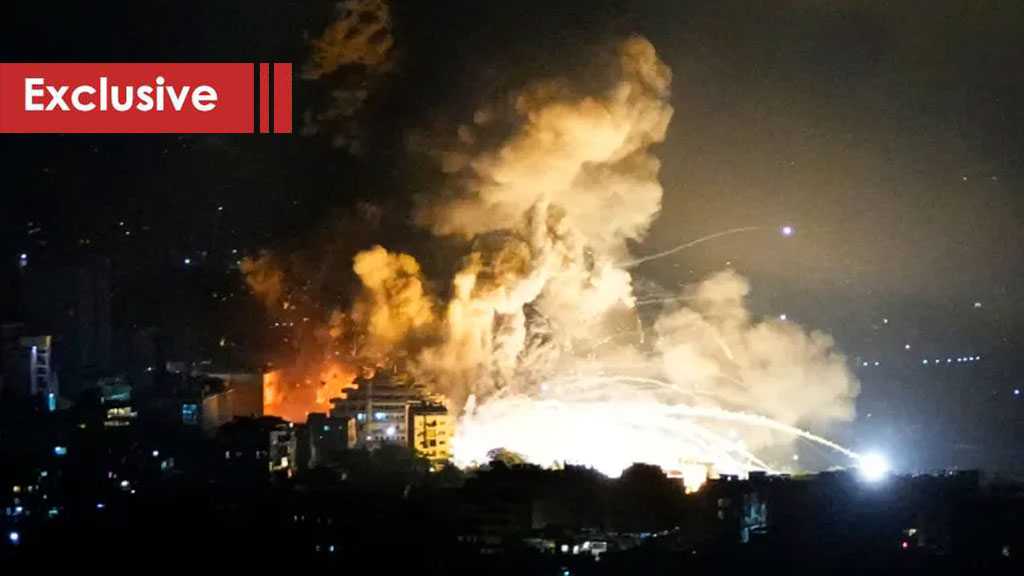The US-’Israel’ Axis and Regime Change in the Middle East: From ’Clean Break’ to Contemporary Chaos

By Mohamad Hammoud
Strategic Origins: "Clean Break" and the New Regional Order
Lebanon – The waves of unrest and regime changes across the Middle East and North Africa [MENA] since the late 1990s are deeply rooted in a strategic vision set out in the 1996 policy paper A Clean Break: A New Strategy for Securing the Realm. Developed by US neoconservative advisors and adopted by "Israel's" Prime Minister Benjamin Netanyahu during his first term. This document marked a decisive shift in "Israel's" regional policy. Rejecting the "land for peace" paradigm, it advocated restoring "Israel's" strategic initiative through military strength and regional realignment. Central to this vision was the removal or destabilization of regimes challenging "Israel's" dominance or supporting Palestinian resistance.
The Doctrine: Replacing Peace with Power
The Clean Break report, led by Richard Perle at the Institute for Advanced Strategic and Political Studies, called for a preemptive strategy to eliminate threats and secure "Israel's" dominance. It identified Iraq, Syria, Lebanon, Libya, Sudan, Somalia and Iran as obstacles to "Israel's" goals and recommended their isolation or regime change. By 2025, six of these countries faced war or political upheaval, demonstrating the strategy's impact.
The report also reframed the US-"Israel" relationship, focusing on shared regime change objectives rather than territorial disputes. Historian Cynthia Chung argues that Clean Break updated the colonial Sykes-Picot agreements for the post-Cold War era, positioning "Israel" and the US as key players in Middle Eastern politics.
Implementation Through American Power
The "Clean Break" strategy relied on US support from organizations like the American “Israel” Public Affairs Committee [AIPAC] and neoconservative policymakers. It placed "Israeli" strategic priorities at the center of US foreign policy. After 9/11, neoconservatives—many of whom contributed to the 1996 document—gained unprecedented influence in Washington, accelerating the implementation of the strategy.
This US-"Israel" collaboration manifested in military interventions in Iraq, Libya and Syria, as well as the use of proxy warfare through support for local militias in Syria and Sudan. Furthermore, economic sanctions against Iran and Syria aimed to destabilize their economies, while diplomatic initiatives, including "Israel's" normalization deals with certain Arab states, served to isolate adversarial regimes further.
Iraq: The First Domino
The 2003 US invasion of Iraq was the first large-scale execution of the Clean Break policy, justified by false claims of weapons of mass destruction. This move aligned with "Israel's" goal of removing Saddam Hussein, who supported Palestinian militants. The invasion resulted in sectarian violence, civil war, and the rise of extremist groups in Iraq.
Syria and Lebanon
Following Iraq, Syria and Lebanon became the next targets. The Clean Break report explicitly called for weakening Syria's regional influence and dismantling its alliance with Hezbollah. In response, the US designated Hezbollah as a terrorist organization in 1997 and launched efforts to degrade its power through sanctions, support for rival factions, and backing "Israel" in military actions against Hezbollah in 2006 and 2024.
With US support, "Israel" conducted repeated airstrikes targeting Iranian and Hezbollah positions in Syria, aiming to disrupt arms transfers and weaken both Syria and Hezbollah. Simultaneously, the US imposed harsh sanctions to pressure the Assad government into distancing itself from Iran and Hezbollah.
When previous measures failed, the US and "Israel" intensified their efforts throughout the 2000s by providing arms, funding, and political support to Syrian opposition factions, including extremist groups, in an attempt to undermine Assad's rule. The 2011 Syrian uprising quickly escalated into a full-scale war, which, by 2025, resulted in significant regime change.
Further reports revealed that former US Ambassador to Syria, Robert Ford, met with Ahmad al-Sharaa – better known as Abu Mohammad Al-Julani – before his rise to power, underscoring Western involvement in the regime change in Syria.
Iran: The Final Obstacle
Iran remains the most resilient target of the Clean Break doctrine, with "Israel" consistently urging the US to take more decisive action against its nuclear program and regional influence. In response, Iran has endured years of economic warfare, cyberattacks and covert operations, all supported by Western backing of opposition groups. This sustained pressure has yet to resolve the conflict, as the persistent threat of a larger confrontation demonstrates that the Clean Break strategy is still unfinished.
Libya, Somalia and Sudan: The African Front
In North and East Africa, the Clean Break vision extended to nations deemed sympathetic to anti- "Israel" movements. Libya was dismantled in 2011 through a NATO-led intervention, plunging the country into persistent anarchy. Somalia has remained a target of US drone strikes and counterterrorism raids, while Sudan experienced both "Israeli" support for southern rebels and later normalization with "Israel." These interventions created fragmented states and prolonged instability, furthering the Clean Break aim of weakening unified regimes.
Conclusion: "Israel's" Goals, American Tools
By 2025, six of the seven states identified in A Clean Break had either collapsed or undergone regime change. These developments were not organic; they were orchestrated through deliberate military, political, and economic efforts led by the US, with "Israel's" strategic objectives guiding policy. Though peace remains elusive, "Israel" has achieved a core objective: the fragmentation or neutralization of adversarial states. Yet the human cost has been staggering, raising enduring questions about the long-term consequences of geopolitical engineering in the Middle East.




